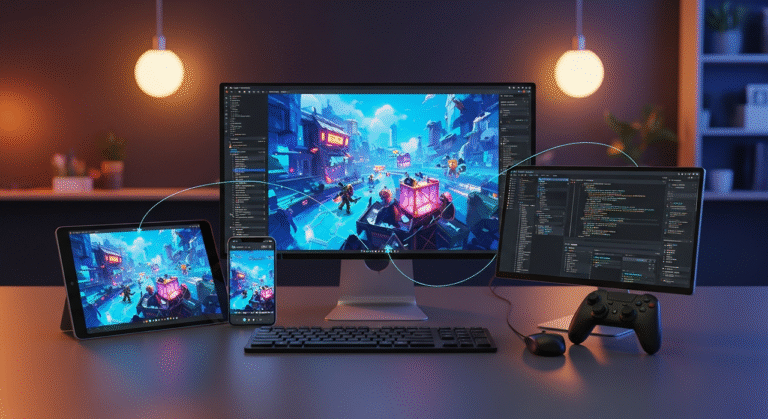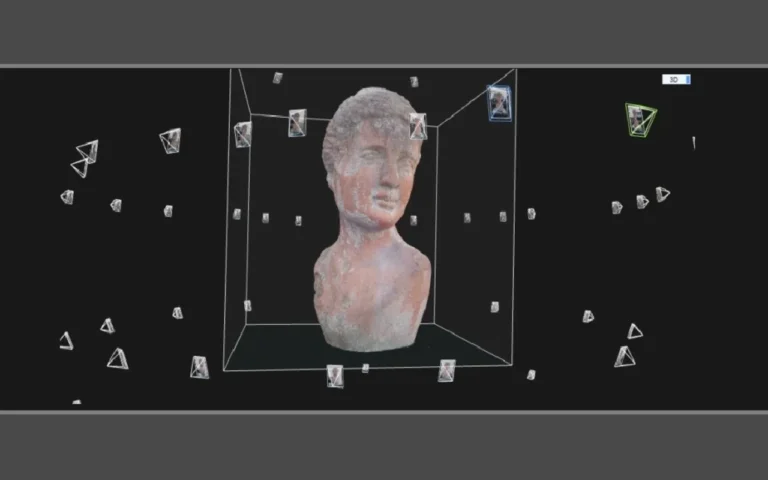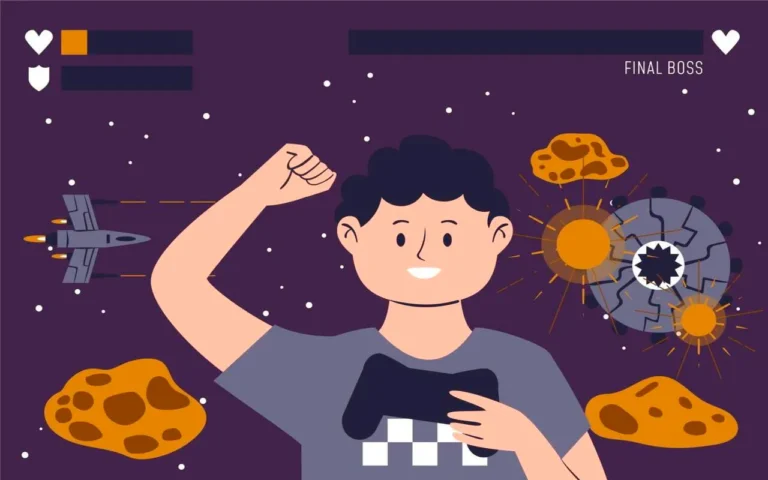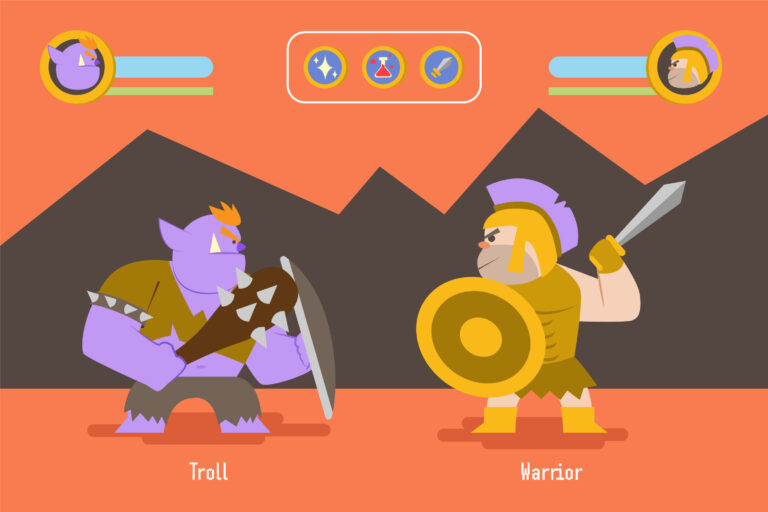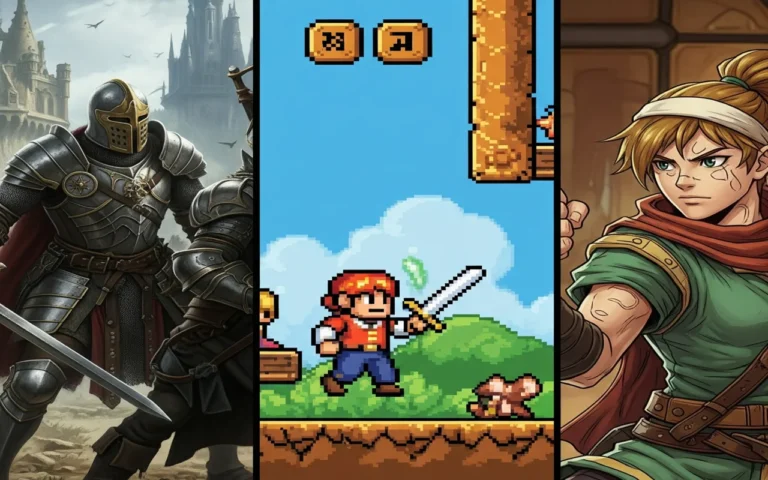Imagine stepping into a digital ecosystem, not in the traditional sense as a player, but rather in your role as a reluctant co-creator. Every selection, path, moment of rage, joyous exaltation, is largely orchestrated by you, but is also a brilliantly choreographed blend between you and the master creators at the game studio who designed the games. The interplay between these two agents is the essence of game design psychology, a unique domain that fuses the science of human behavior with the art of building immersive video games. It is an examination of the underpinnings of human motivation, the “why” of playing, and the notion that our behaviors also create the new digital world we traverse.
Why Psychology Matters in Game Design
At its core, game design psychology is all about the player. It’s all about understanding why we become addicted to some games, why we invest time and emotion in virtual reality, and what draws a game out of us emotionally. Designers are not merely creating pretty pictures or complex rules; they’re creating experiences that cut to the core. They learn about player behavior – what drives us, how we react, and even the thought processes engaged as we play.
This field draws upon behavioral psychology, investigating how rewards and reactions influence behavior, and cognitive psychology, exploring how we process and perceive the world. It also draws upon social psychology, investigating how we interact with other players in virtual worlds. With knowledge of these principles at their disposal, designers can craft game mechanics, narratives, and even button positions that are intuitive, rewarding, and deeply immersed in players’ experiences. The aim is to create enjoyable but responsibly developed games, balancing pleasure with health.
Key Psychological Concepts Behind Player Behavior
Ever think about when you just can’t seem to put down a game? Or think back to that overwhelming feeling of excitement when you finally beat that impossible boss? These feelings aren’t by accident – they’re the effects of designers strategically using psychological principles to influence your behavior as a player.
Motivation and Reward Systems
Motivation compels us to play and comes in two flavors: intrinsic and extrinsic. Intrinsic motivation is just pure enjoyment of the doing of the thing itself, like solving puzzles or discovering secret zones in a game world. Extrinsic motivation comes from extrinsic rewards like points, achievements, and leaderboards. Both are powerful, and designers combine them strategically to keep people addicted.
Achievement systems, such as pop-up notifications celebrating achievements, are more than digital trophies. It has been shown that games with good achievement systems tend to promote player retention by approximately 20% and make players 68% more likely to continue playing. Reward systems take advantage of our brain’s dopaminergic system. After operant conditioning, actions followed by rewards are repeated. Variable reward schedules, where rewards are vague, are very effective, although sometimes controversial, as with loot boxes.
Habit Formation and Retention
Other than getting individuals to play, creators also want individuals to keep playing. Habit formation and retaining gamers are paramount in this aspect. Progression systems visually represent improvement, fulfilling the human urge for competence and discovering new abilities or leveling up urges to continue playing.
Reward schemes are also implicated. Badges, points, and leaderboards elicit dopamine releases that stimulate behavior. Social features – guilds, chat systems, and multiplayer modes – also contribute to retention by establishing competition or cooperation. Studies suggest that social features could boost retention by 40% and playtime by 30% in cooperative multiplayer games.
Loss aversion is another set of psychological design principles where players fear losing resources or progress and therefore play conservatively. Appointment mechanics, for instance, daily rewards or time-limited events, use fear of missing out (FOMO) to encourage players to visit regularly. Such mechanics create feedback loops that translate casual play into dedicated play.
Feedback and Progression
Feedback loops provide players with immediate information about what they are doing and what they have accomplished. Progression systems provide players with feedback over the long term, reporting through leveling up or access to content. Smaller cues – like sound or visual flashes – provide moment-to-moment feedback.
Cognitive psychology describes how gamers process such information. Sensory inputs like graphics, sound, and haptic feedback create a feeling of real and responsive action. Internal models, based on past experience, motivate intuitive interface design. Resonating with such models reduces cognitive load and enables games to be more accessible.
One of the main aims is that of a “state of flow,” where players are intensely concentrated, challenges match their capability, and time goes unnoticed. Gradual difficulty curves and immediate feedback guarantee that this state is maintained, operating synergistically with one another to create satisfying feedback loops that increase immersion.
Understanding Player Types and Play Styles
Having a “one size fits all” point of view does not hold in the gaming world. Just as people have different personalities in the real world, they also have different preferences and play styles in virtual worlds. Understanding the different types of players is essential when designers want to create games appealing to a broad audience.
Bartle’s Player Types
Players enjoy different tastes and play styles, and they are categorized through Bartle’s taxonomy:
- Socializers: Exist for interaction, joining guilds, or playing together in quests. Chat systems and multiplayer modes appeal to them.
- Explorers: Curious, looking for hidden secrets and lore. Open-world games appeal to them as well.
- Achievers: Focus on achievement in overcoming challenges and rewards. Achievement systems and leaderboards appeal to them.
- Killers: Competitive players who enjoy overpowering others. PvP combat and leaderboards comparing player performance appeal to them.
The comprehension of such types of players helps designers create experiences that are more appealing to larger audiences.
Casual vs Hardcore Behavior Patterns
The passion and dedication of the players also differ. Casual players prefer basic mechanics, immediate feedback, and short sessions. Games sold to them feature fast feedback loops and appointment dynamics to capture short play sessions.
Hardcore gamers desire deep progression systems, complex narratives, and extended growth. The primary motivations for hardcore gamers are overcoming challenges and playing with a significant depth of game mechanics. Designers can accommodate casual and hardcore players alike by being aware of this spectrum of engagement, and retention is pushed.
How UX and Game Mechanics Drive Decisions
In addition to knowing who the players are, game design psychology dives into how they engage with the game, emphasizing each interaction and choice. Here is where Game UX (user experience) and game mechanics become potent drivers of player behavior and choice.
Navigation and Interface Cues
Game UX employs cognitive psychology to guide players. Interfaces that are intuitive reduce mental effort and match players’ mental models. Sensory inputs are cues – visual signposting, sound effects, and color coding guide player decisions. By good UX, players know what they need to do without needing to be informed, reducing frustration and increasing enjoyment.
Emotional Design and Flow State
Emotional investment makes games from pastimes into personal experiences. Game narrative and character lead to investment. Rewarding challenges and timely feedback enable flow entry, maintaining investment through responsive cycles of reward. Games capture players’ hearts and minds when UX, mechanics, and emotional design combine.
Examples of Real Games That Implement These Concepts
While discussing the theories of psychology is significant, witnessing it unfold in real life is another thing altogether. Gaming is filled with great opportunities to discover how these theories are encompassed within the essence of popular games and how gaming developers utilize these psychological principles to steer players’ actions and enhance the gaming experience as a whole.
Mobile Games and Micro-Rewards
Mobile games are especially effective at tapping into psychological principles, especially in terms of motivation and reward. They dispense frequent small rewards with the goal of evoking releases of dopamine. Scheduling dynamics like daily rewards habituate normal play to make it automatic. Variable reward schedules in the shape of loot boxes exploit uncertainty for sustaining engagement, but do so at an ethical expense.
Story-Driven Games and Player Empathy
Narrative games emphasize emotional investment and empathy by the player. They create stories and characters that players care about. Current advancements in AI make responsive storytelling possible through player decision-making, more agency, and immersion. Games like Elden Ring illustrate responsive storytelling where player choices create unique narratives. Storytelling by AI and reactive worlds enhance emotional investment and render experiences more personalized.
Application of Psychology to Improve Player Experience
Players impact game design through playtesting, data analysis, emergent gameplay, and community feedback. Observing players play reveals what’s succeeding and what requires adjustments. Data metrics like playtime and retention inform design decisions. Emergent gameplay, where the player creatively uses game systems, gives rise to new features. Community feedback helps guide games to be tuned to align with players want.
Yet, it is psychological tools that raise questions of ethics, particularly around addiction. Tools such as loot boxes and frequent rewards can promote overindulgence. Ethical design involves measures such as game remittance reminders, spending limits, and explainable AI systems. Ethical game design serves the player’s best interests, making games thrilling without taking advantage of weaknesses.
Conclusion
Game psychology design bridges human conduct with interactive play. It accounts for the reasons we play, how we react, and how we think when navigating virtual worlds. Designers use this to create engaging, compelling games that resonate with people. Player behavior, in turn, teaches game development through feedback and emergent imagination.
But with such authority comes responsibility. Ethical considerations of addiction highlight the need for prudent design. As AI and technology become increasingly sophisticated, the company must weigh enjoyment against health. Game design psychology serves as a guiding star, directing designers toward creating enjoyable experiences that delight, honor, and sustain players, and pop virtual worlds into vibrant color.
